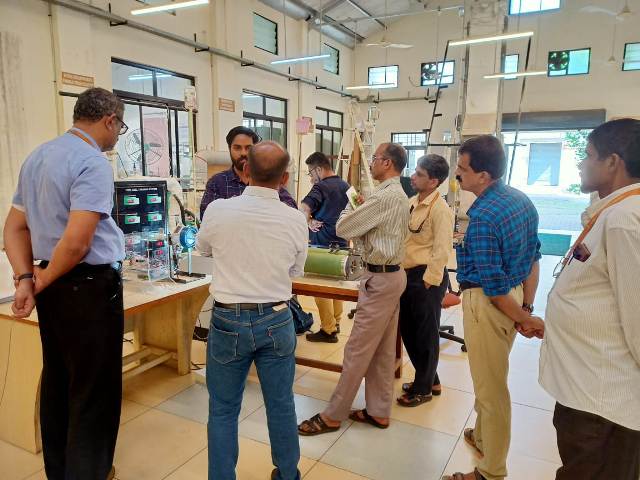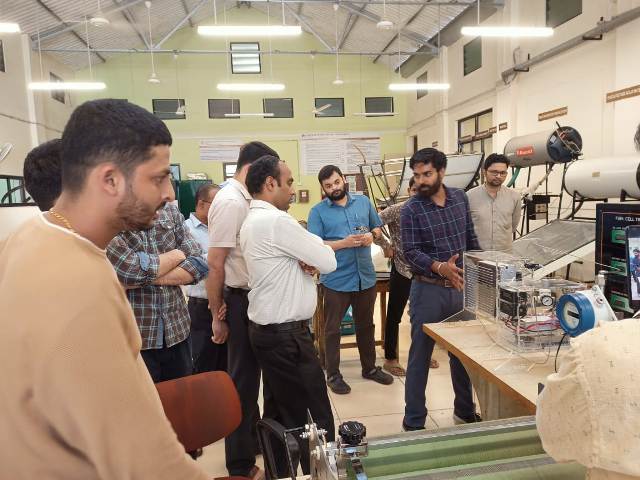One of the most advanced features of the system is its
weather station, which monitors solar irradiation, wind speed, wind direction,
temperature, and humidity. This data is crucial for understanding how external
factors influence energy production. Students will learn to program upper and
lower thresholds for these variables, ensuring the safety of the energy
generation equipment under different weather conditions. This capability allows
students to apply practical solutions to potential real-world scenarios.
Power Evacuation and System Control
The power evacuation units integrated into the system enable
users to manage the energy produced through standalone, grid-connected, or
hybrid systems. Students are encouraged to switch between different methods of
operation to evaluate which system works best in various conditions. The
central control unit provides both manual and remote access, ensuring that
students can experience the system’s flexibility firsthand.
Load Units and Smart Homes
The system includes a smart home model and a load analysis
kit, offering students insight into energy consumption. The smart home model
operates through relays, which students can control via computer, allowing them
to simulate real-world residential power consumption scenarios. The load
analysis kit enables students to explore the behavior of series and parallel
circuits, giving them a better understanding of how energy is distributed in
different circuit configurations.
Educational Value and Research Opportunities
This installation offers significant educational and
research potential. Students can set up various energy systems, such as solar
PV standalone setups, grid-connected systems, wind energy systems, and hybrid
configurations. Through these experiments, they can measure efficiency, observe
power flow in real-time, and compare the performance of different systems under
various loads and weather conditions.
The system’s data logging capabilities allow students to
track energy generation metrics over time, providing invaluable data for
research and further optimization. This hands-on approach not only enhances
their understanding of renewable energy systems but also prepares them for
careers in the fast-growing renewable energy industry.



